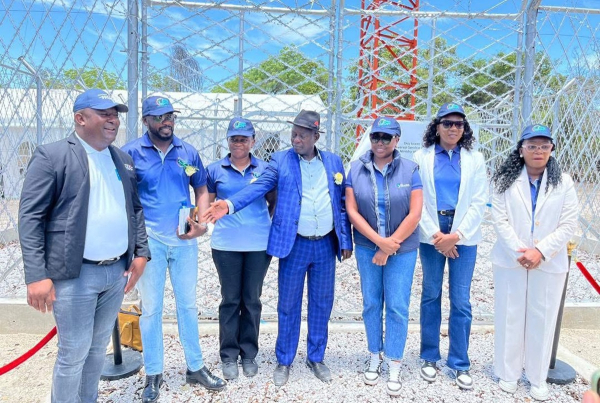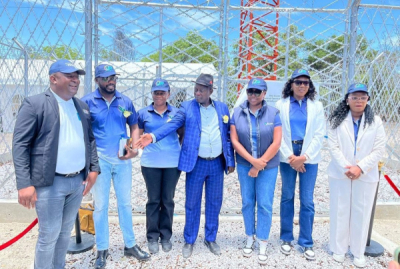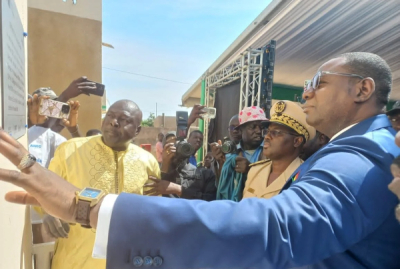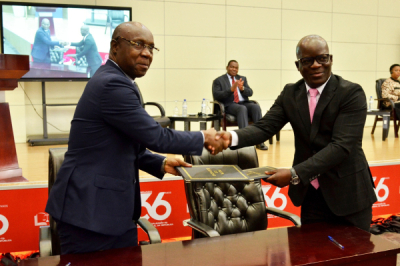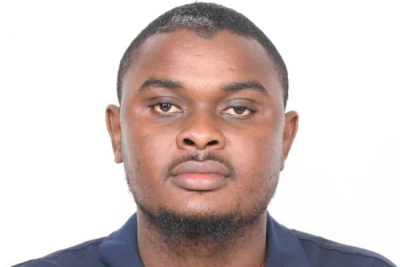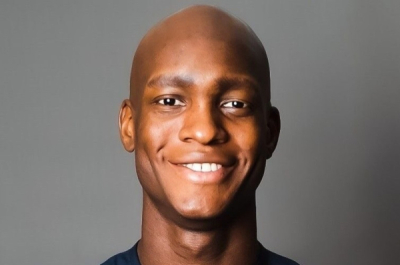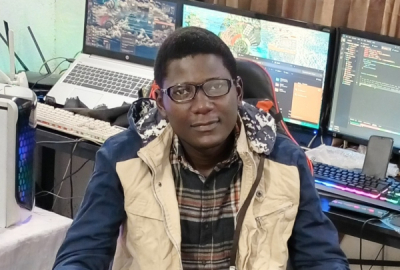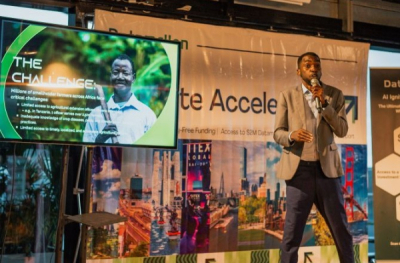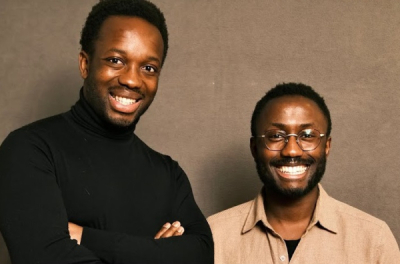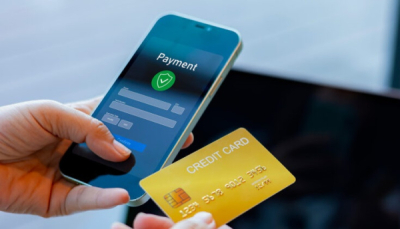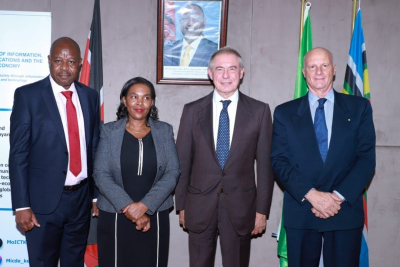- First USF phase aims to extend 4G to 9,000 people in underserved regions
- New towers deployed with robust structures to support future upgrades
- 360,000 Namibians still lacked 4G coverage in 2024, along with schools and clinics
The Namibian government aims to connect more than 9,000 citizens to 4G as part of the first phase of the Universal Service Fund (USF), which seeks to expand nationwide access to telecommunications services. The target was announced this week during the commissioning of the first tower under the program in the village of Epinga, in Ohangwena region in the north, in partnership with operator MTC.
Alongside Ohangwena, this initial phase covers underserved communities in the Kavango West, Kavango East, Kunene, and Oshikoto regions, with the goal of reaching at least 80% broadband coverage in these areas. About 10,300 additional people are expected to benefit from improved 4G services.
In implementing phase 1, the company is deploying several tower types, including 60-meter lattice towers and 80-meter and 120-meter guyed masts, all designed with strong load capacities. MTC CEO Licky Erastus said this approach ensures structural stability and allows the network to adapt to future innovations.
According to the Communications Regulatory Authority of Namibia (CRAN), 360,000 Namibians — about 12% of the population — were not covered by 4G as of February 2024. The gap also affects 339 schools and 50 health facilities. For 3G, the International Telecommunication Union (ITU) estimated 89% coverage in 2023, while 2G already covered 100% of the population.
Launched in February 2025, the USF has a base investment of 145 million Namibian dollars (about 8.4 million $), funded through government grants and a 0.5% levy on telecom operators’ revenue. While network deployment brings infrastructure closer to communities, effective adoption still depends on several factors: access to compatible devices, service affordability, and digital skills.
According to DataReportal, Namibia had 2.67 million mobile subscribers at the start of 2025, representing a penetration rate of 87.1%. Internet users numbered 1.97 million, or 64.4%.


